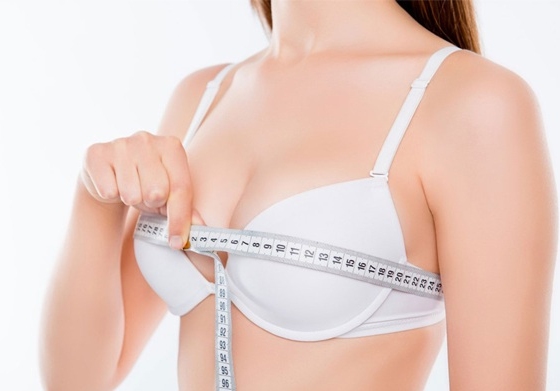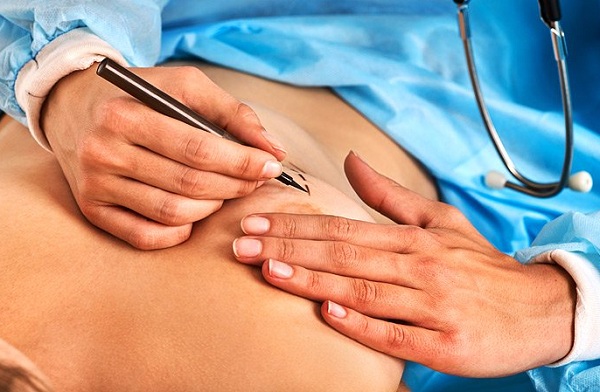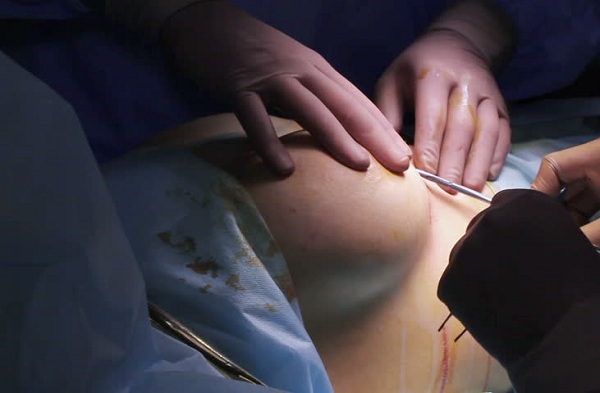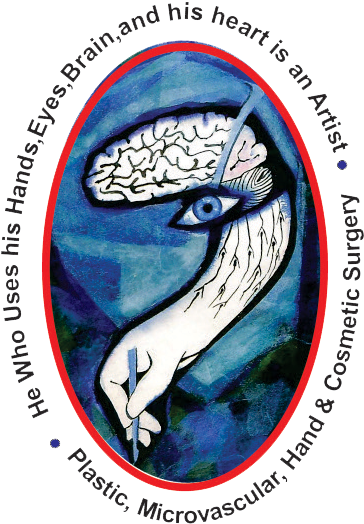Breast Surgery
- Breast reconstruction
- Breast augmentation
- Breast reduction/ masopexy/ liposuction
- Breast Lifts (Mastopexy)

Breast Augmentation
Breast augmentation is performed to enhance the appearance, size, and contour of a woman’s breasts. Women consider breast augmentation for many different reasons. Some women feel their breasts are too small. Some desire augmentation after their breasts change after pregnancy.
Breast Reduction
Breast reduction surgery is often used in women with large, heavy breasts who experience significant discomfort including neck pain, back pain, and numbness or weakness due to the weight of the breasts. During this procedure, excess skin, fat, and breast tissue are removed.
Breast Reconstruction
Breast reconstruction surgery is often performed in women who undergo mastectomy as a treatment for breast cancer. The procedure recreates a breast with the desired appearance, contour, and volume.
Breast Lifts (Mastopexy)
In some women, the skin is not strong or resilient enough to support the weight of the breast, causing the breasts to sag. With this condition, called ptosis, there is too much skin compared to breast tissue. To give the breast a lift, the excess skin must be removed.



Questions? We got Answers!
No, it is neither necessary nor preferred with respect to encapsulation rates to have drains for a primary BA. It is, however, usual to have drains – usually for only 24 hours – when secondary or revision surgery has been performed.
As it is a surgical procedure, there is the potential for unwanted consequences such as bleeding and infection, which are rare. Your surgeon should discuss these in detail with you before surgery.
Also known as ‘rejection’, ‘encapsulation’ and ‘adverse capsular contracture’, this is simply the body’s response to any implant (such as heart valves, neurological shunts and the like) whereby protective scar tissue seals off the foreign body. In a small minority, between 2-5%, this natural reaction will be more active and cause the breast to appear firm. Whilst not dangerous, it can distort the breast and affect the cosmetic result.
Women with sagging breasts, which is called “ptosis”, can also receive breast implants. Depending on how much the breast sags, an additional surgery may also be necessary. For breasts with nipples that droop below the lower crease of the breast, a breast lift surgery, or mastoplexy, is often required as well. This surgery will also add scars all the way around the nipple-areola unlike most breast augmentation surgeries. Without this additional surgery to remove excess skin, placement of the implant may not adequately correct the sagging.
How each individual scars depends on many factors including genetics. Look at any other scars you have, either from surgery or trauma, to give yourself an idea. The most common site nowadays is in the crease beneath the breast (the infra-mammary fold), but some prefer the armpit. The only thing we know helps to speed scar maturation is massage.
Today’s implants are 5th generation and are the result of nearly 50 years’ continual development. Scientific studies indicate that they are much more durable than their predecessors, but no exact figures are available. We have stopped recommending replacement every 10 years.
It is very important to understand that each patient will react differently and a teenager with small breasts will be very different to a mature mother who has had several children and breastfed them. They often appear too high and too round in the first few weeks, but settle over 3-6 months as the tissues adjust to the new weight and volume.

